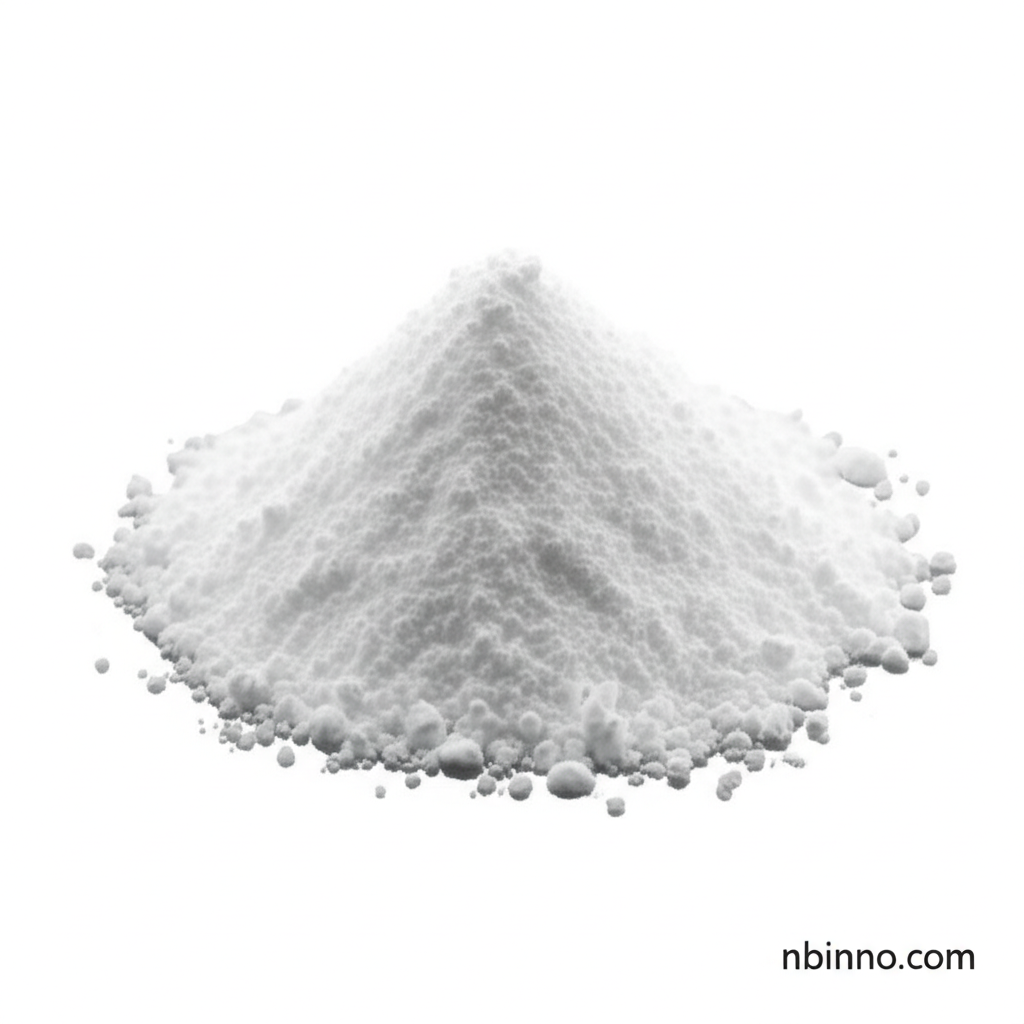Hexadecyltrimethylammonium Bromide (CTAB): Comprehensive Guide
Discover the multifaceted applications and essential properties of this vital cationic surfactant.
Get a Quote & SampleProduct Core Value

Hexadecyltrimethylammonium Bromide
This cationic surfactant, also known as CTAB, is a cornerstone in various chemical and industrial processes. Its amphiphilic nature allows it to effectively reduce surface tension, making it indispensable in formulations and synthesis.
- Explore the extensive CTAB applications in DNA extraction, a crucial step in molecular biology research.
- Learn about the vital properties of hexadecyltrimethylammonium bromide that make it a preferred choice for researchers and formulators.
- Understand its role as an emulsifier and conditioning agent in CTAB for cosmetic formulations, enhancing product texture and efficacy.
- Investigate the significant antimicrobial uses of CTAB, highlighting its importance in hygiene and healthcare product development.
Key Advantages
Versatile Surfactant Properties
As a powerful cationic surfactant, CTAB provides excellent emulsifying, solubilizing, and conditioning effects, crucial for optimizing various formulations.
Broad Industrial Applicability
From personal care to pharmaceutical intermediates, the diverse CTAB applications span across multiple sectors, demonstrating its wide-ranging utility.
Essential Research Tool
Its unique properties make CTAB an essential component in biochemical studies and organic synthesis, particularly as a CTAB phase transfer catalyst, facilitating complex reactions.
Key Applications
Personal Care Formulations
CTAB is widely used in shampoos and conditioners for its conditioning and emulsifying properties, contributing to product stability and sensory feel. Many seek to buy hexadecyltrimethylammonium bromide for these specific uses.
Pharmaceutical Intermediates
In the pharmaceutical industry, CTAB serves as a crucial intermediate and is explored for its role in drug delivery systems, aiding the solubility and bioavailability of active pharmaceutical ingredients.
Biochemical Research
Researchers utilize CTAB for its effectiveness in DNA extraction and its role in creating buffer solutions, making it a staple in laboratories worldwide.
Textile and Agricultural Uses
CTAB finds application as a fabric softener in the textile industry and as a pesticide adjuvant in agriculture, enhancing the performance of various products.
